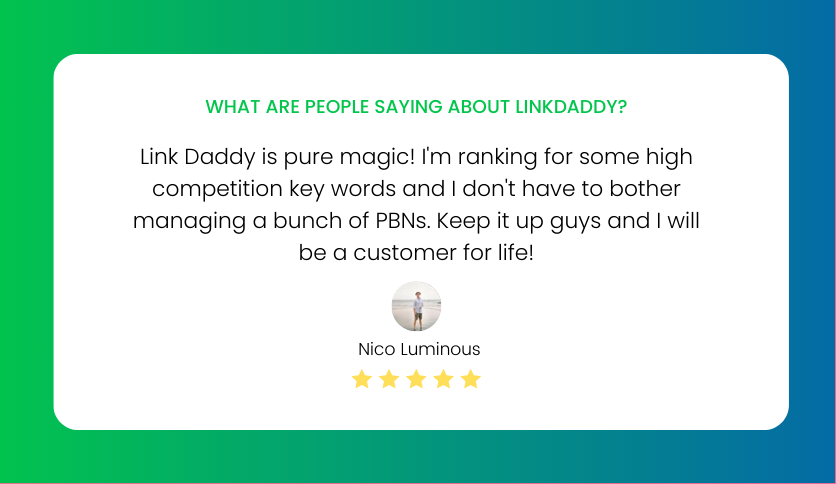Understanding CTR Adjustment: Boost Your Web Site Traffic
In the realm of electronic advertising and marketing, the ability to masterfully adjust Click-Through Fees (CTR) stands as a critical skill for any type of internet site aiming to improve its online visibility. A critical understanding of CTR can offer as a powerful tool in driving boosted web traffic to your electronic domain name. As the digital landscape comes to be increasingly competitive, the art of crafting compelling meta titles and descriptions emerges as an important element in capturing the interest of prospective site visitors. However, the journey to understanding CTR manipulation prolongs far beyond simple text optimization. By diving into the elaborate globe of customer experience (UX) and user interface (UI) style, one can unlock the tricks to considerably boosting CTR and, subsequently, site web traffic.
Understanding CTR and Its Importance
Comprehending the click-through price (CTR) is paramount for understanding the efficiency of on the internet advertising strategies and enhancing internet site performance. CTR is an important metric that gauges the percentage of individuals who click on a specific link out of the complete variety of individuals who see a web page, email, or ad . A high CTR suggests that a large percentage of individuals discover the material appealing and relevant, leading to increased web traffic and potential conversions.
Keeping an eye on CTR supplies beneficial understandings right into the performance of various elements such as ad copy, call-to-action buttons, and total user experience. By evaluating CTR information, marketing professionals can recognize which strategies are resonating with their target market and make educated choices to improve campaign performance. Additionally, recognizing CTR aids in A/B testing different variants to maximize efficiency consistently.

Crafting Compelling Meta Titles and Descriptions

Optimizing Your Website's UX/UI for Higher CTR
After establishing compelling meta titles and descriptions to boost internet site presence and click-through rates, the following important action is optimizing your web site's UX/UI for greater CTR. User Experience (UX) and Individual User Interface (UI) play a critical function in establishing whether site visitors stay on your website and engage with its content or bounce off rapidly. To enhance CTR through UX/UI optimization, begin by making certain a clean and instinctive layout that overviews customers perfectly via your web site. Utilize clear navigation food selections, quickly available switches, and tactically placed call-to-action elements to motivate interaction.
Furthermore, enhancing website speed is vital as slow-loading pages can prevent site visitors and lead to a decrease in CTR. Applying receptive design to accommodate users accessing your site from various gadgets is also crucial for a positive individual experience, which in turn can enhance CTR - ctr manipulation service. Conduct A/B screening to analyze various layout aspects and make data-driven decisions on what reverberates best with your audience, inevitably improving CTR with a maximized UX/UI strategy
Leveraging Schema Markup for Boosted CTR
Carrying out schema markup on your website can significantly improve click-through rates by providing internet search engine with organized information to better understand and show your web content. Schema markup is a type of microdata that can be included to your internet site's HTML to assist internet search engine existing richer and a lot more useful results for users. By including schema markup, you are essentially giving online search engine like Google additional information concerning your content, such as item info, reviews, prices, occasions, and a lot more. This structured data not just helps look engines much better comprehend the context of your content yet also enables them to show this details in a appealing and aesthetically attractive manner on the online search engine results pages (SERPs)
Moreover, schema markup can increase the presence of your web site in search results page via abundant snippets, knowledge charts, and other enhanced features, which can eventually lead to greater click-through prices - click for more. By leveraging schema markup successfully, you can make your website stand out in search results page and attract more natural website traffic by offering customers with appropriate and valuable info straight on the SERPs
A/B Checking and Examining CTR Data

When analyzing CTR data, it is vital to pay attention to essential metrics such as the average CTR, bounce price, and conversion price. Eventually, A/B testing and assessing CTR data are vital tools for boosting site efficiency and driving boosted traffic.
Conclusion
Finally, understanding CTR control is critical for increasing site web traffic. By recognizing the relevance of CTR and carrying out approaches such as crafting engaging meta titles and descriptions, enhancing UX/UI, leveraging schema markup, and carrying out A/B testing, website proprietors can considerably improve their click-through prices. Assessing CTR information permits continual enhancement and optimization of strategies to drive even more website traffic to the site.
By diving into the intricate world of customer experience (UX) and individual interface (UI) style, one can unlock the keys to substantially increasing CTR and, as a result, website traffic. (you can try this out)
After establishing engaging meta titles and descriptions to enhance website presence and click-through rates, the following important step is maximizing your internet site's UX/UI for higher CTR. To boost CTR with UX/UI optimization, start by making sure a tidy and user-friendly format that guides customers seamlessly via your site.Evaluating CTR data is critical for maximizing web site efficiency and boosting customer engagement.When assessing CTR data, it is necessary to pay focus to vital metrics such as the average CTR, bounce rate, and conversion rate.